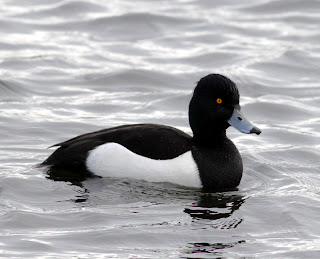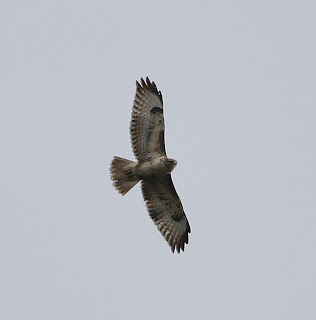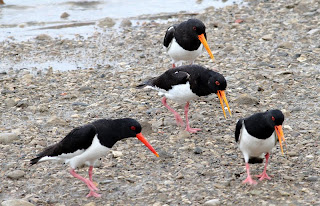Plan A didn’t work, it was too windy for ringing with more showers on the cards. Plan B didn’t work either; go to a Barn Owl box near Garstang and check out what breeding activity there might be after recently finding a pile of fresh pellets. The box was erected many years ago by an enthusiast who has since died, so it was the first time we had elected to go there.

The problem was like Dad’s Army the ladder wasn’t long enough so we postponed Plan B also, Will dashed off to work and I went to Myerscough Quarry for some birding, a place that until a few years ago held a lovely workable Sand Martin colony.
The pools are the obvious draw there now, especially since our dry spring allowed water levels to drop and expose many muddy margins for wading birds; I counted 4 Grey Heron, 2 Little Egret, 15 Oystercatcher, 80 Lapwing, 2 Common Sandpiper, 2 Redshank, 1 Snipe and 6 Little Ringed Plover. There was constant calling from the LRPs, adults calling the young, but also males still displaying, trying to interest the females into another brood I guess.
The next most obvious thing to count must be the wildfowl, and here I logged 2 Pochard, 12 Tufted Duck, 71 Coot, 1 Great-crested Grebe, 8 Little Grebe and 3 Goosander.





There was hirundine and swift activity, more obvious when a Kestrel appeared once or twice. And for the sake of the year listers who have yet to see, I don’t like to dwell on Hobbies, but if ever a place looked suitable for a marauding Hobby, it is here. I made do with the Kestrel and a Buzzard that spooked all the bigger waders into a brief flurry of activity. In the event I logged 20 House Martin, 3 Sand Martin, 20 Swallow and 7 Swift, numbers of the latter are falling everywhere now.
When I last visited here some of the smaller pools were suitable for catching Snipe, one of those jobs we tend to put off. Now those smaller pools hold good little reed beds where I counted 6 Reed Warbler, 5 Sedge Warbler and 11 Reed Buntings, no doubt an underestimate for the first two skulkers at least.


I saw small parties of both Linnet and Goldfinch dotted around, entering them down as 15 and 20 respectively.
A very enjoyable couple of hours at a place I would visit more often if I lived near Preston.


























































.jpg)












